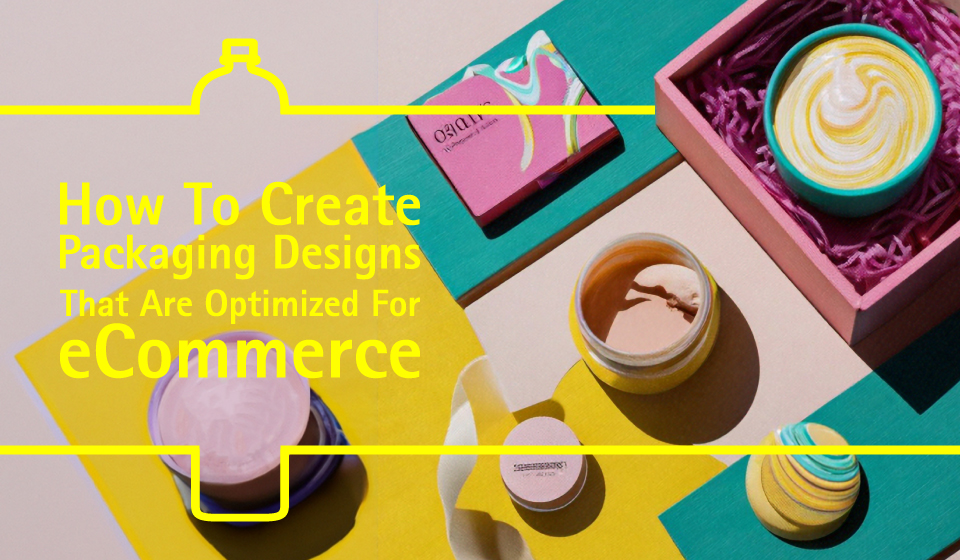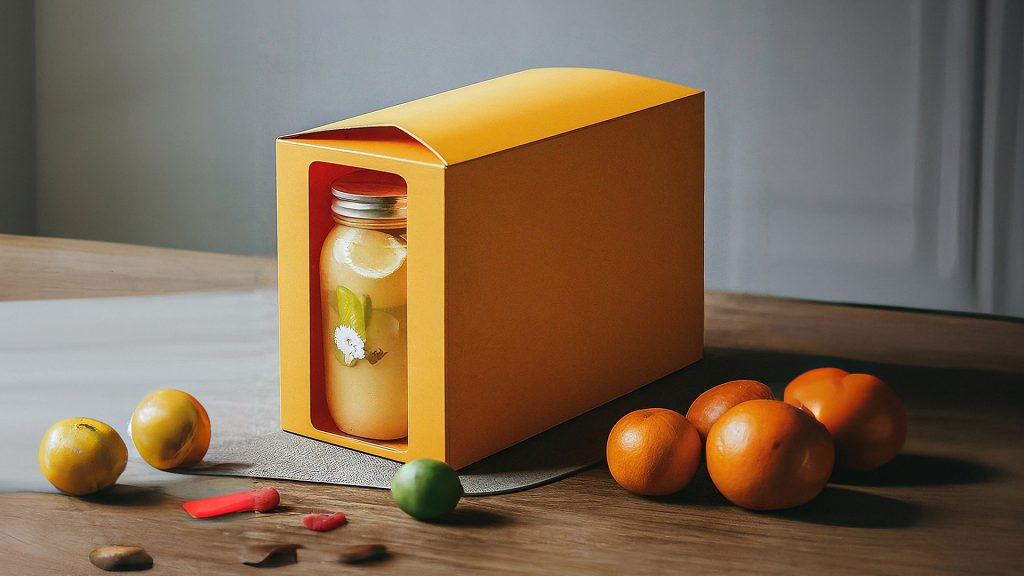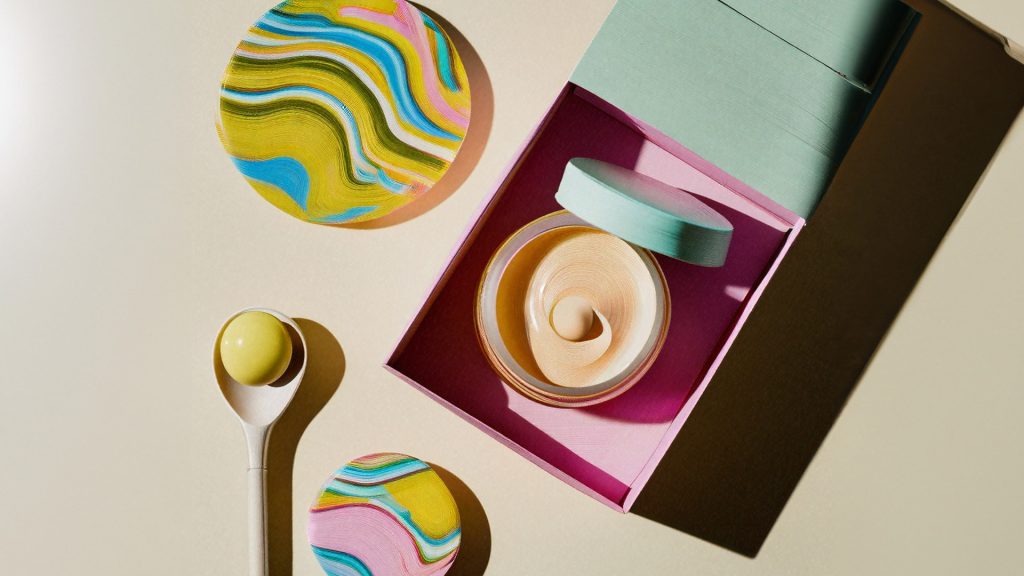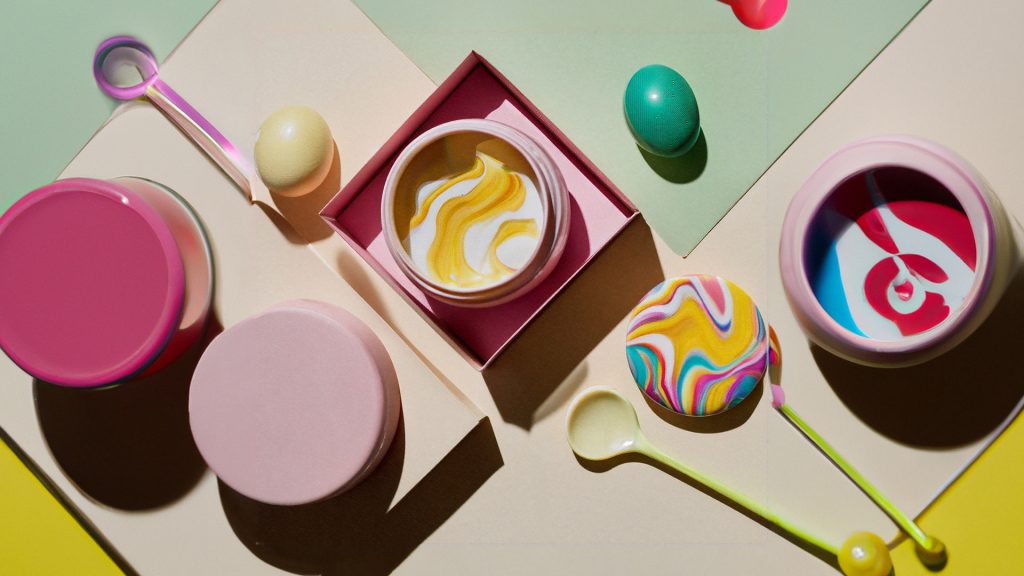How To Create Packaging Designs That Are Optimized For eCommerce

With the dominance of eCommerce as a primary purchasing channel for retail goods, packaging design has become more crucial than ever before. In a technologically empowered era in which customers are unable to physically see and touch a product before purchasing, packaging plays a critical role in catching the consumer’s eye, protecting the product during shipping and transportation, and creating a memorable experience for the customer.
If you’re a business looking to optimize your eCommerce packaging design, there are several key factors to consider. In this article, we’ll explore how eCommerce packaging design should differ from “brick and mortar” (i.e. traditional retail) packaging design, what eCommerce brands must consider in regard to protecting products during shipping, and examples of eCommerce brands with packaging design that is fully optimized for a digital era.

How eCommerce Packaging Is Distinctly Different From “Brick And Mortar” Packaging Design
One of the primary differences between eCommerce packaging design and “brick and mortar” packaging design is the need for durability during shipping and transportation. When a product is purchased in a physical store, it doesn’t need to withstand the same level of handling as a product that is shipped across the country, or even internationally. A consumer takes full responsibility for the condition of the product after purchase, which may seem obvious, but this allows for packaging design to be less durable, and often more ornate.
Additionally, eCommerce packaging design needs to account for the fact that a customer won’t have the opportunity to physically inspect the product before purchasing it. Utilizing compelling messaging, graphics, and design techniques to create a product which inspires a desire to purchase it becomes pivotal in retailing a product online.
Another key difference between eCommerce packaging design and “brick and mortar” packaging design is the importance of catching the consumer’s eye. In a physical store, the product can be prominently positioned in front of the customer using various displays and lighting systems. In a retail environment, packaging design plays a less critical role in drawing attention to the product – that is more a function of how the product is presented in the context of the store itself. In eCommerce, however, packaging design (as represented in photography or video) is often the first interaction a customer has with the product, so it needs to be visually appealing while eliciting an emotional reaction.

Product Labeling And Protecting The Product During Shipping
Two key factors that eCommerce brands must leverage with regards to packaging design are product labeling and protecting the product during shipping and transportation.
- Product labeling is critical for eCommerce because it helps customers understand what they’re purchasing while making it easier to validate the product they’re looking for. It’s important to ensure that product labels are easy to read, comply with state and federal product labeling requirements, and include a product description that is accurate, compelling, and detailed.
- Protecting the product during shipping and transportation is also critical for eCommerce brands. Products that are damaged during shipping can result in negative customer experiences, negative reviews, and increased costs for the business. It’s essential to choose packaging materials that are durable and protective, while ensuring the product is secured within the packaging to prevent movement during transit.

Examples Of eCommerce Brands With Outstanding Packaging Design
There are many eCommerce brands with outstanding packaging design that stand out for their creativity, functionality, and attention to detail. Here are five examples:
- Glossier: Glossier is a beauty brand that has gained a cult following for its minimalist, Instagram-worthy packaging design. Glossier’s products are packaged in simple, pink and white boxes with clean typography and subtle branding. The packaging design is consistent across all products, creating a cohesive and memorable brand experience.
- Harry’s: Harry’s is a men’s grooming brand that has revolutionized the razor industry with its direct-to-consumer model. Harry’s razors are packaged in sleek, modern boxes that are designed to be both functional and visually appealing. The packaging is also designed to be environmentally friendly, with a recycled paper tray that holds the razor and a cardboard outer box that can be recycled.
- Zara: Zara is a fashion brand that has become known for its fast-paced approach to apparel trend-setting. Zara’s packaging design is simple and elegant, with a black and white color scheme and minimalist typography. The brand’s shopping bags and garment boxes feature a subtle embossed logo, creating a luxurious feel.
- Dollar Shave Club: Dollar Shave Club is another men’s grooming brand that has disrupted the razor industry with its direct-to-consumer model. Dollar Shave Club’s packaging design is playful and irreverent, with humorous copy and bold graphics. The brand’s razor cartridges are shipped in a cardboard box with a fun, colorful design that reflects the brand’s playful tone.
- Mejuri: Mejuri is a jewelry brand that has gained a loyal following for its high-quality, minimalist designs. Mejuri’s packaging design is sleek and elegant, with a matte black box and metallic silver branding. The brand’s jewelry is secured within a soft velvet pouch, adding to the luxurious feel of the unboxing experience.

Closing Thoughts On Optimizing Packaging Design For eCommerce
Each of these eCommerce brands has created packaging designs that stand out for their creativity, functionality, and attention to detail. Whether it’s Glossier’s minimalist pink and white boxes, Harry’s environmentally friendly razor packaging, or Mejuri’s sleek black boxes and velvet pouches, these brands have all found ways to create memorable packaging experiences for their customers.eCommerce packaging design plays a critical role in catching the consumer’s eye, protecting the product during shipping and transportation, and creating a memorable experience for the customer. When designing packaging for eCommerce, it’s important to consider the differences between eCommerce and “brick and mortar” packaging design, attend to product labeling and protecting the product during shipping and transportation, and look to examples of outstanding eCommerce packaging design for inspiration. By keeping these factors in mind, eCommerce brands can create packaging designs that not only meet the functional needs of eCommerce but also create a memorable and positive experience for their customers.
